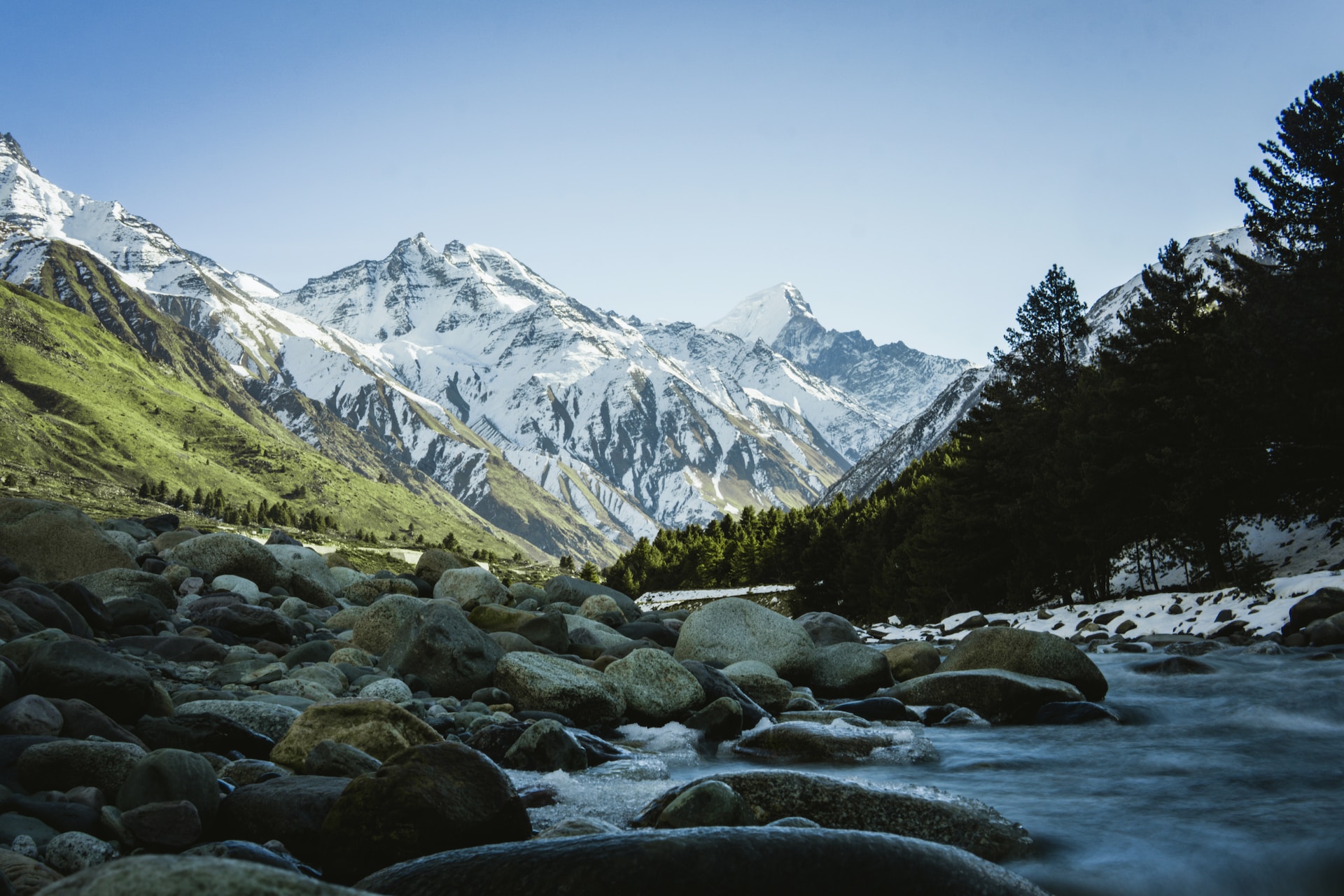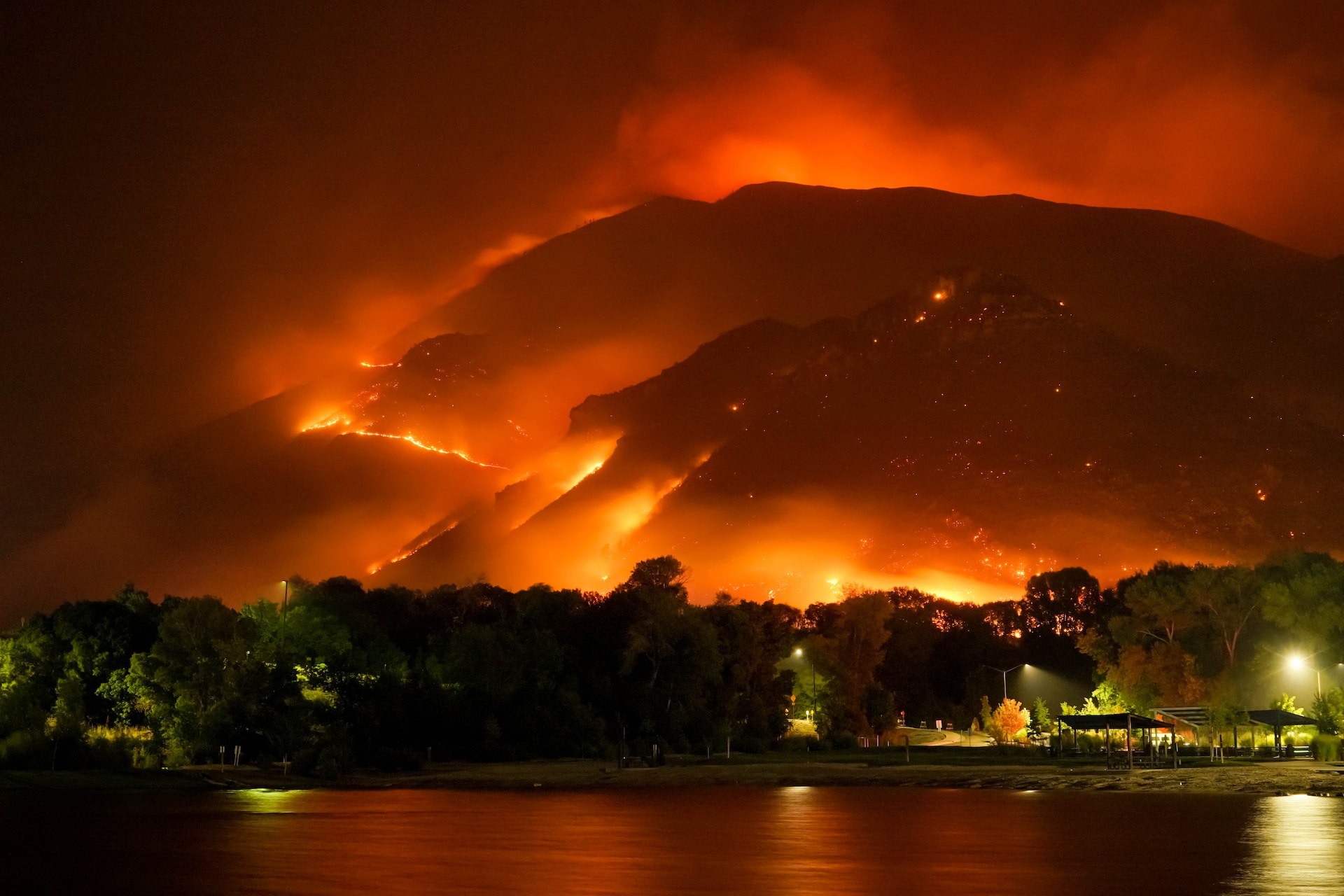A report from the International Centre for Integrated Mountain Development (ICIMOD) says that the Himalayan glaciers’ snow and permafrost of the HKH (Hindu Kush Himalayas) regions are losing ice quicker than expected due to global warming.
The report reveals that at the current pace of emissions trajectories, the Himalayan glaciers can lose up to 80% of the current volume. This will impact the availability of fresh water for rivers and frozen groundwater (known as permafrost) is also reducing, which can lead to landslides and pose a threat to high-elevation architecture.
Scientists have found that the changes in the HKH region will cause temperature rise, food and water problems, consequences to energy sources, changes in the ecosystem and affect the livelihood of millions of people across Asia, many of which will be beyond the limits of adaptation.
The report from the Bonn Climate Change Conference further says that the speed of ice melt worldwide is far outpacing the worst-case scenario from IPCC as a new paper reveals the Arctic waters could lose all their summer-end sea ice as early as 2030.
Who does it affect?
Two billion people in Asia rely on the Himalayan glacier and snow for water. The ice and snow of the HKH region contribute to 12 rivers that flow through 16 countries in Asia providing water and ecosystem to 240 million people in the mountain areas and another 1.65 billion in the downstream.
During the mid-century, the Himalayan glaciers of the HKH will have a peak in water supply due to the current ice melting faster than estimated. After which there will be a reduction in the melt water from the glaciers.
In addition to this, floods and landslides are expected to have increased due to the slow onset hazards (sedimentation and erosion) and the fast onset hazards (glacial lake outburst floods aka GLOFs) as the population and economic activities grow in the region.
Steps for prevention and recovery
Such changes in the Himalayan area are alarming and need immediate government attention, says the report. Specialists at ICIMOD report that already vulnerable communities need greater support while scaling up adaptation needs to avoid further damage to the affected population and structures.
The need to cut emissions to reduce global warming, take urgent mitigation work, expand adaptation funds and programs, ecosystem restoration and mobilization of finance for losses or damage is higher than ever.
Source: https://icimod.b-cdn.net/wp-content/uploads/PR_HI-WISE-Report-Final.pdf



